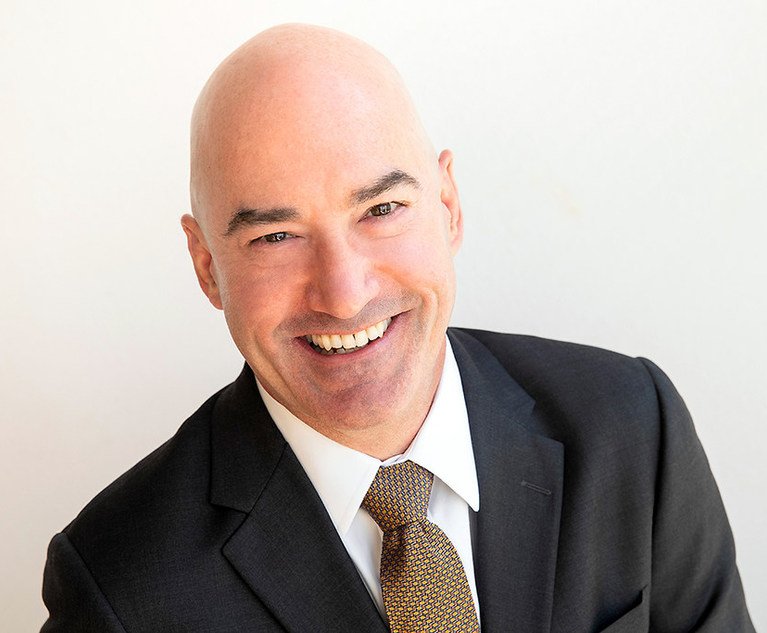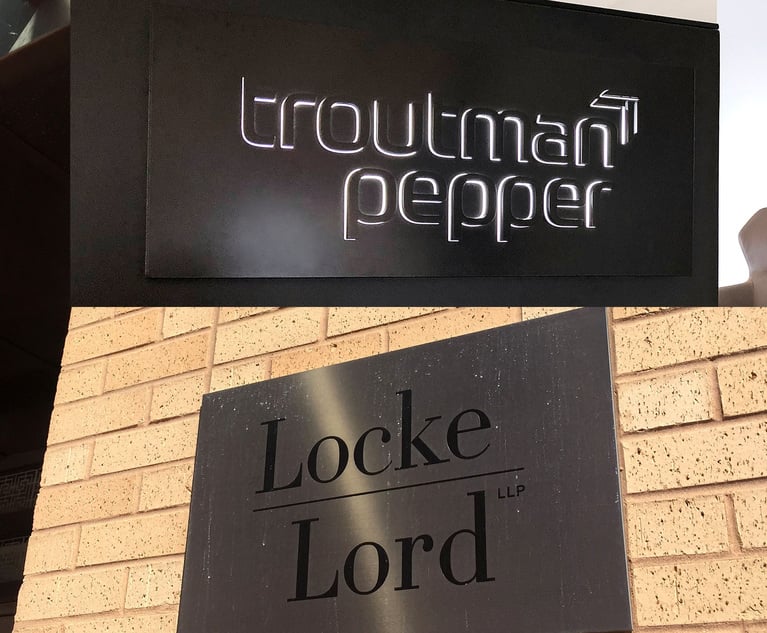In June, the Texas Supreme Court turned the law of evidence of mental anguish damages on its head in Gregory v. Chohan, an opinion that raised as many questions as it provided answers. Gregory was the culmination of an almost 30-year-long effort by the Texas Supreme Court to raise the hurdles that plaintiffs must clear to recover damages for mental anguish. The Court began the effort in Parkway Company v. Woodruff in 1995. In Parkway, a developer’s negligence caused flooding of a home. In determining whether the award of mental anguish damages to the homeowners survived a legal sufficiency challenge, the Court stated the absence of “direct evidence of the nature, duration, and severity of [the plaintiffs’] mental anguish, thus establishing a substantial disruption in the plaintiffs’ daily routine,” justified “close judicial scrutiny of other evidence offered on this element of damages.” In response to testimony from the homeowners that the flooding of their house made them “very disturbed,” “changed (their) lifestyle” and “caused some friction” in their marriage, the Parkway Court conceded these statements showed anger and frustration, but the Court categorized these things as “mere emotions” that did not support the award of compensable mental anguish.
In Saenz v. Fidelity & Guaranty Insurance Underwriters in 1996, the Texas Supreme Court went further and stated “juries cannot simply pick a number and put it in a blank” for mental anguish damages. Instead, “there must be evidence that the amount found is fair and reasonable compensation,” and “the law requires appellate courts to conduct a meaningful evidentiary review of those determinations.” The Saenz Court expressly disapproved of a line of cases suggesting appellate courts should show great deference to jurors on the issue of mental anguish damages.


 Quentin Brogdon is a personal injury trial lawyer in Dallas, Texas. (Courtesy Photo)
Quentin Brogdon is a personal injury trial lawyer in Dallas, Texas. (Courtesy Photo)




